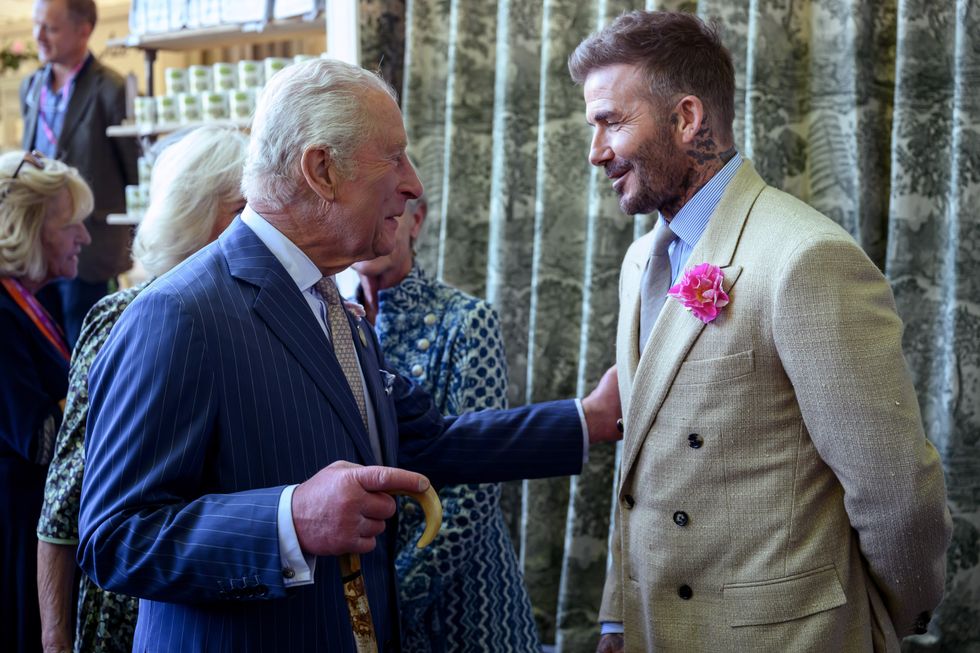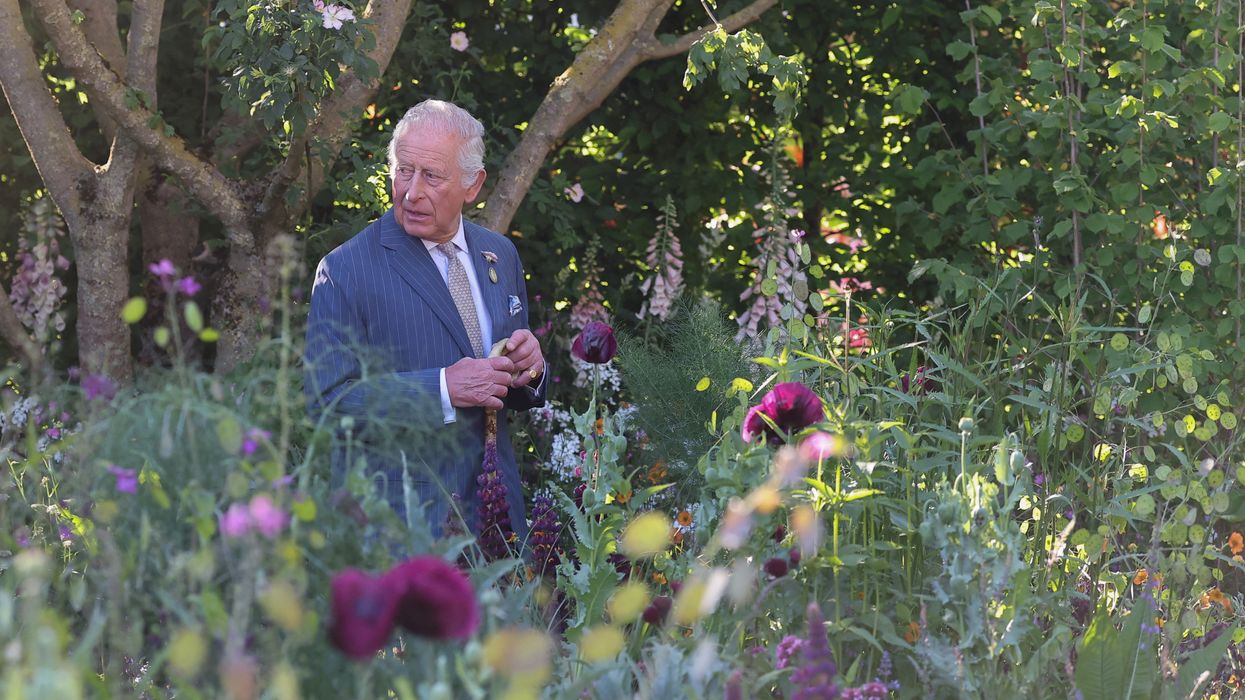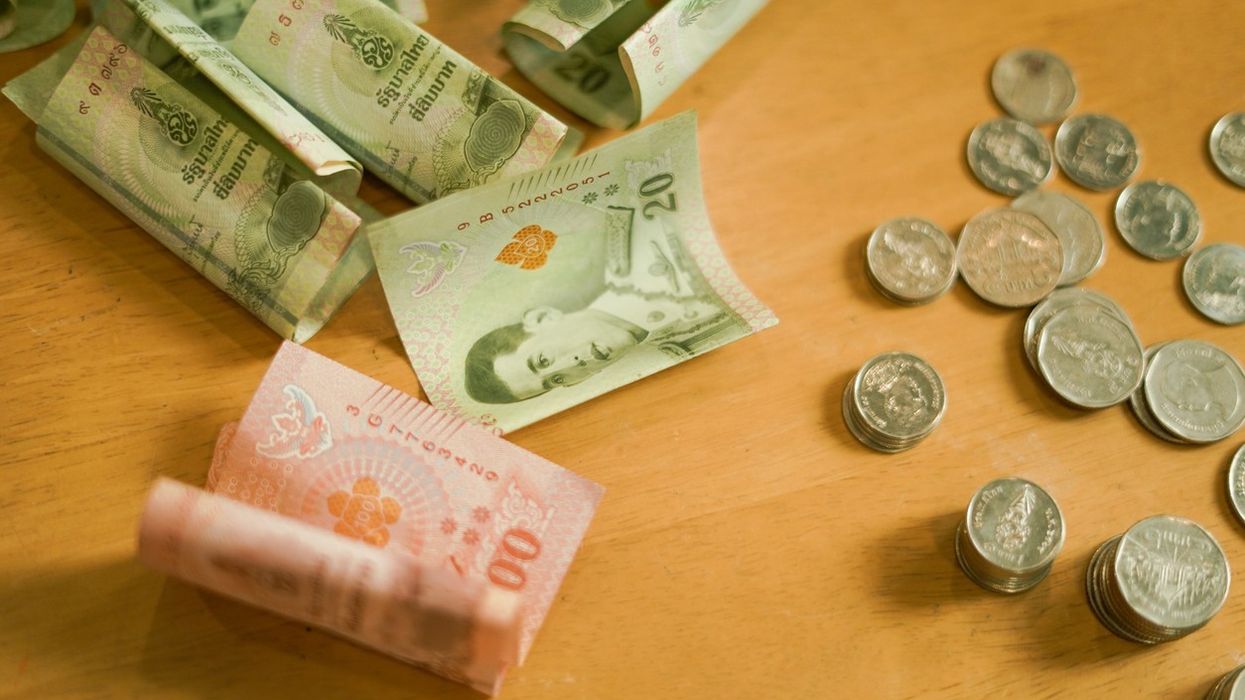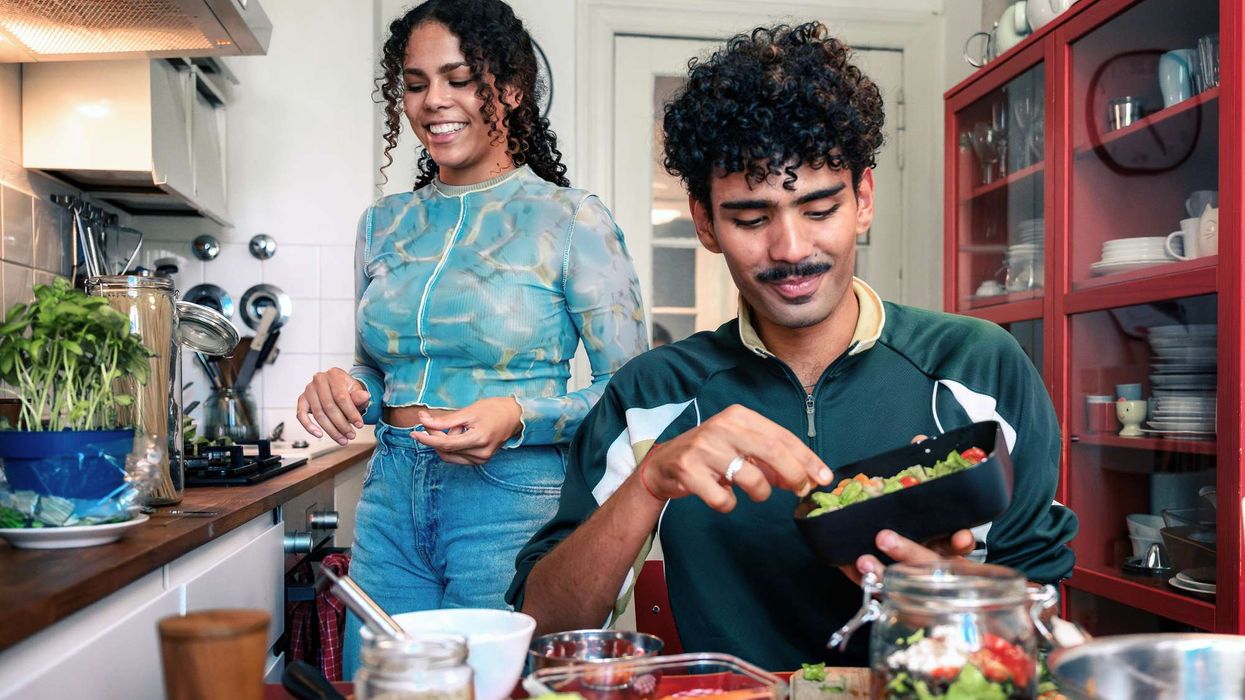This particular year at the Royal Horticultural Society’s Chelsea Flower Show, there have been two members of the Royal Family who have had roses named after them.
‘The King’s Rose’, named after King Charles III, and ‘Catherine’s Rose’, named after Catherine, Princess of Wales. Both roses have been grown by two of the most well-known rose growers in the United Kingdom.
Firstly, ‘The King’s Rose’ was cultivated by David Austin. It took around 12 years for the rose to be exactly as he wanted. Austin was trying to propagate a rose that reflected the King’s values. It was created to help support the King’s Foundation, a charity founded by His Majesty King Charles III in 1990. The main purpose of this foundation is to help communities sustain their way of living and to improve lives.
The King’s Rose is the very first rose that Austin has bred that is variegated. It is a beautiful deep pink (fuchsia) and white striped rose. It has been bred to be resistant to modern-day diseases, and its semi-double bloom allows easy access for bees to pollinate the roses. The hips are said to be a warm orange colour that provides food for birds in the winter months.
‘Catherine’s Rose’ was bred by Harkness Roses. It was named for Her Royal Highness the Princess of Wales. The sale of this rose supports the Royal Marsden Cancer Charity. Catherine’s Rose is a stunning floribunda, a dark rose-pink colour, with a heady scent of rose intermingled with the scent of mangoes. It gives an abundant number of blooms as well as being a great pollinator as the bloom opens.
This year, sustainability was high on the list of features in the show gardens. There seemed to be a common theme of restoration and looking at ways to re-use and recycle. Some of the exhibitors also had great products that re-used and recycled waste.
Sneeboer, a garden tool manufacturer, was one such business among many that stood out. They had managed to replace coal fires in their manufacturing process with solar power, also giving surplus back into the grid.
POTR was another business that uses plastic waste from the sea to make long-lasting, self-watering planters that are flat-packed. This means that the volume and weight are reduced, thereby reducing emissions during transit by up to 100 times.
There were, of course, many beautifully designed show gardens. Several that stood out from the norm for me personally were the following:
The Balcony Garden, which set out to show how even in the smallest amount of space available, you can support bees and biodiversity. They showed how, by just planning and planting vibrant, pollinator-friendly plants in planters repurposed from honey barrels, you can create a haven for these special bees. Also featured was the vertical planting of bee-friendly plants, which can be achieved in the smallest of spaces.

A show garden close to my heart was the ‘Garden of Compassion’, which was designed by Thomas Hoblyn for Hospice UK. It featured a ‘together’ bench, which was made from steam-bent timber. It was woven through the garden like a meandering stream, and could be used to sit in nature, enabling the person to feel the healing power of nature. There was the gentle, soothing sound of flowing water to help calm through reflection.
If you missed this year’s RHS Chelsea Flower Show, then make a note of the dates for next year. It takes place from 19 May, 2026 (Tuesday) until 23 May, 2026 (Saturday) at the Royal Hospital Chelsea.
The next RHS flower show for this year is the Hampton Court Palace Garden Festival.
It takes place from 1 July, 2025 (Wednesday) to 6 July, 2025 (Monday). Members of the RHS can attend on members-only days, which are 1 July, 2025 (Wednesday) and 2 July, 2025 (Thursday).





 Mareyah Bhatti , a sustainability strategist and passionate home cookMareyah Bhatti
Mareyah Bhatti , a sustainability strategist and passionate home cookMareyah Bhatti






Anurag Bajpayee's Gradiant: The water company tackling a global crisis